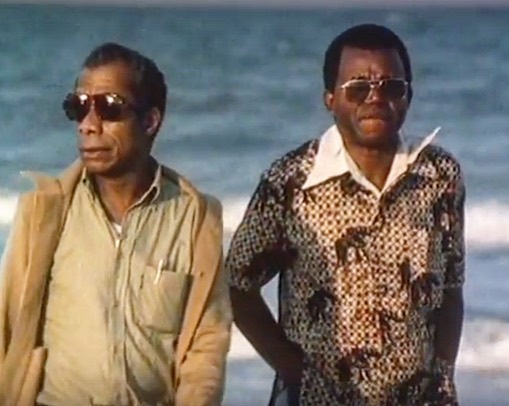Memory is necessary if surviving is going to be more than just a technical thing.
… Ibo proverb — “Wherever something stands, something else will stand beside it.”
via brainpickings
Related : Conversations with James Baldwin. Book.

“[Photo] of Chinua Achebe and James Baldwin in Florida, 1980. Where they met for the first time at a conversation between them organised as part of a conference hosted by the African Literature Association, in Gainesville, Florida.” via duroolowu.

 via fb.
via fb.